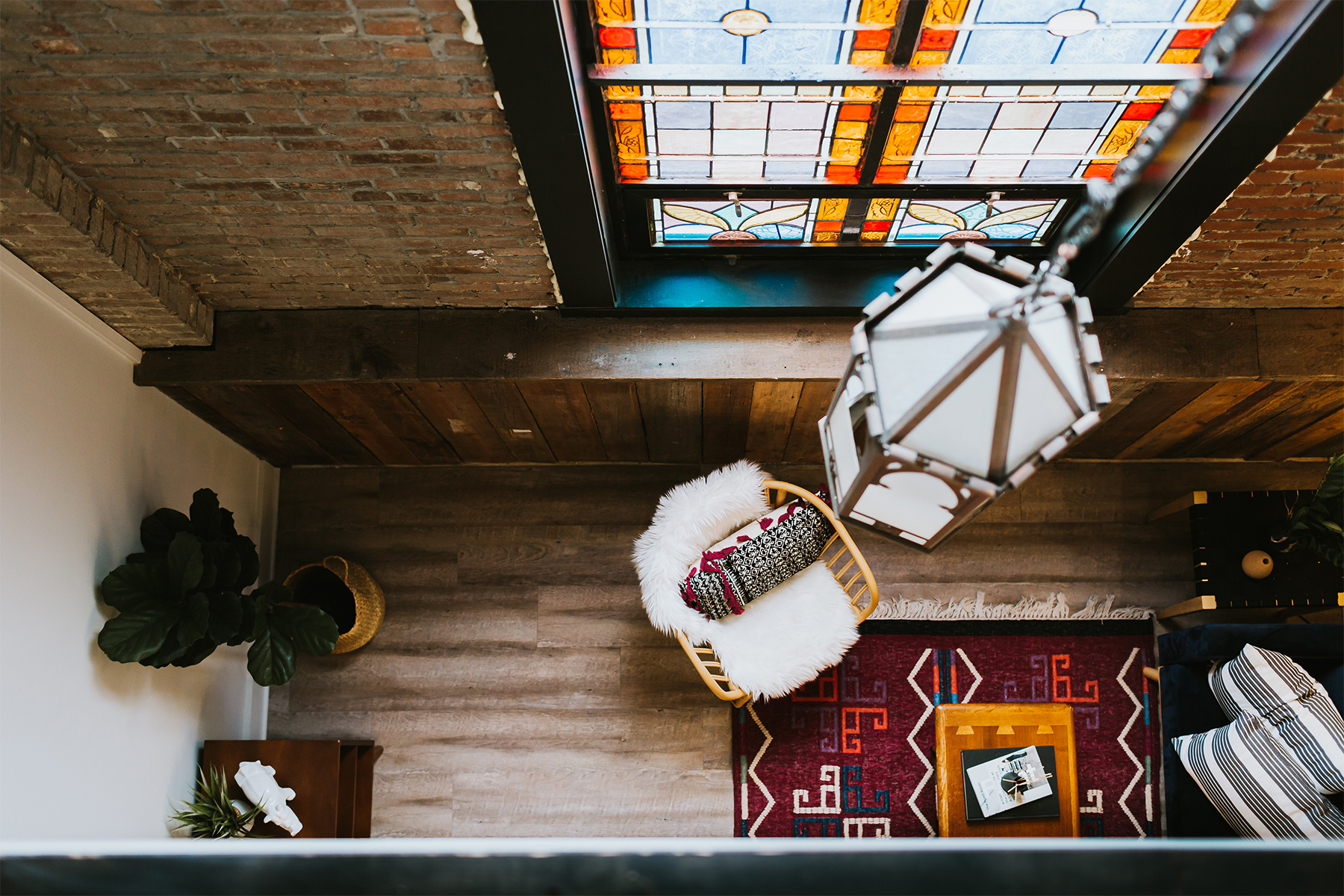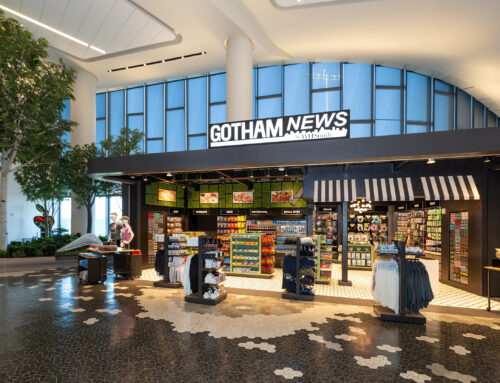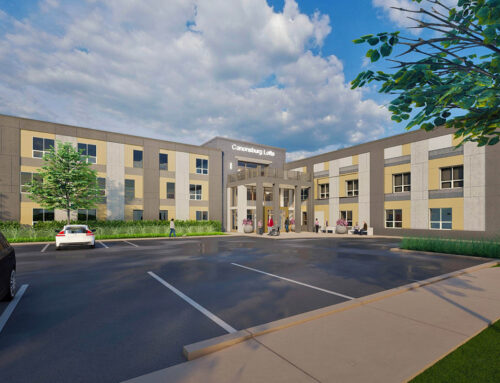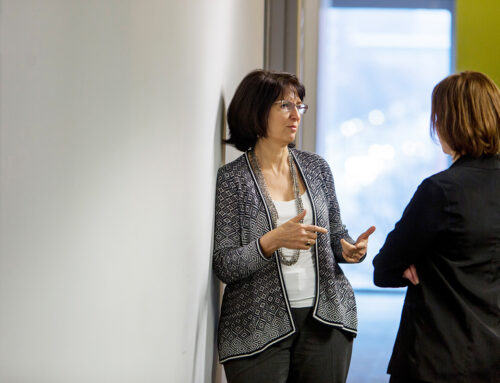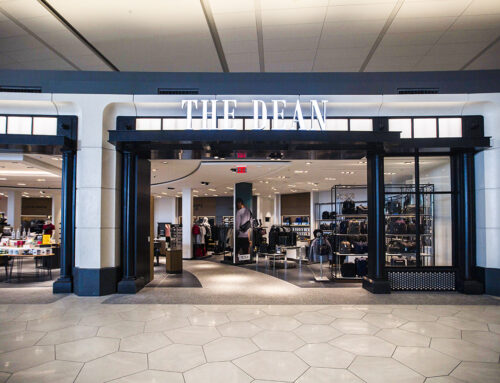This article was originally published by Architect Magazine on August 31,2021. Article can be viewed here.
Economic diversity adds value to urban communities and offers an often overlooked opportunity for architects and developers.
Cities thrive on dynamisms fueled by a diversity of customs, cultures, and classes—but the middle class is being squeezed out. While this problem has occurred in major metropolitan areas on both coasts for decades, it is now affecting smaller inboard cities, like my hometown of Pittsburgh.
Development of more high-quality workforce housing—the buzzword for middle-class housing—would be a step in the right direction. Defined as housing that is affordable for families earning 60% to 120% of area median income, workforce housing keeps the backbone of communities from having to decamp to the distant suburbs and shields our city from economic extremes. Economic diversity has an intrinsic value to the region and offers an untapped opportunity for developers.
Pittsburgh has seen its share of reinvestment over the last 25 years. The city’s legacy industries, such as banking and manufacturing, are now bolstered by tech companies wanting proximity to our strong “Meds and Eds.” As a result, Pittsburgh has attracted Silicon Valley’s biggest names—Google, Uber, Apple, and Facebook—and spawned homegrown companies like Aurora and Duolingo.
The boom of high-paying jobs has attracted tens of thousands of workers. While the net population of Pittsburgh has remained relatively unchanged since 2000, the per capita income has increased by 24%, according to Pew Research. This suggests that the middle- and lower-income families are being replaced by wealthier residents.
As a result, Pittsburgh, once known for affordability, has seen a dramatic shift in the cost of living. The pre-pandemic Freddie Mac Home Price Index notes a 35% increase in metro home value over the last five years. In the region’s trendiest neighborhoods, the increase becomes four to five times that amount.
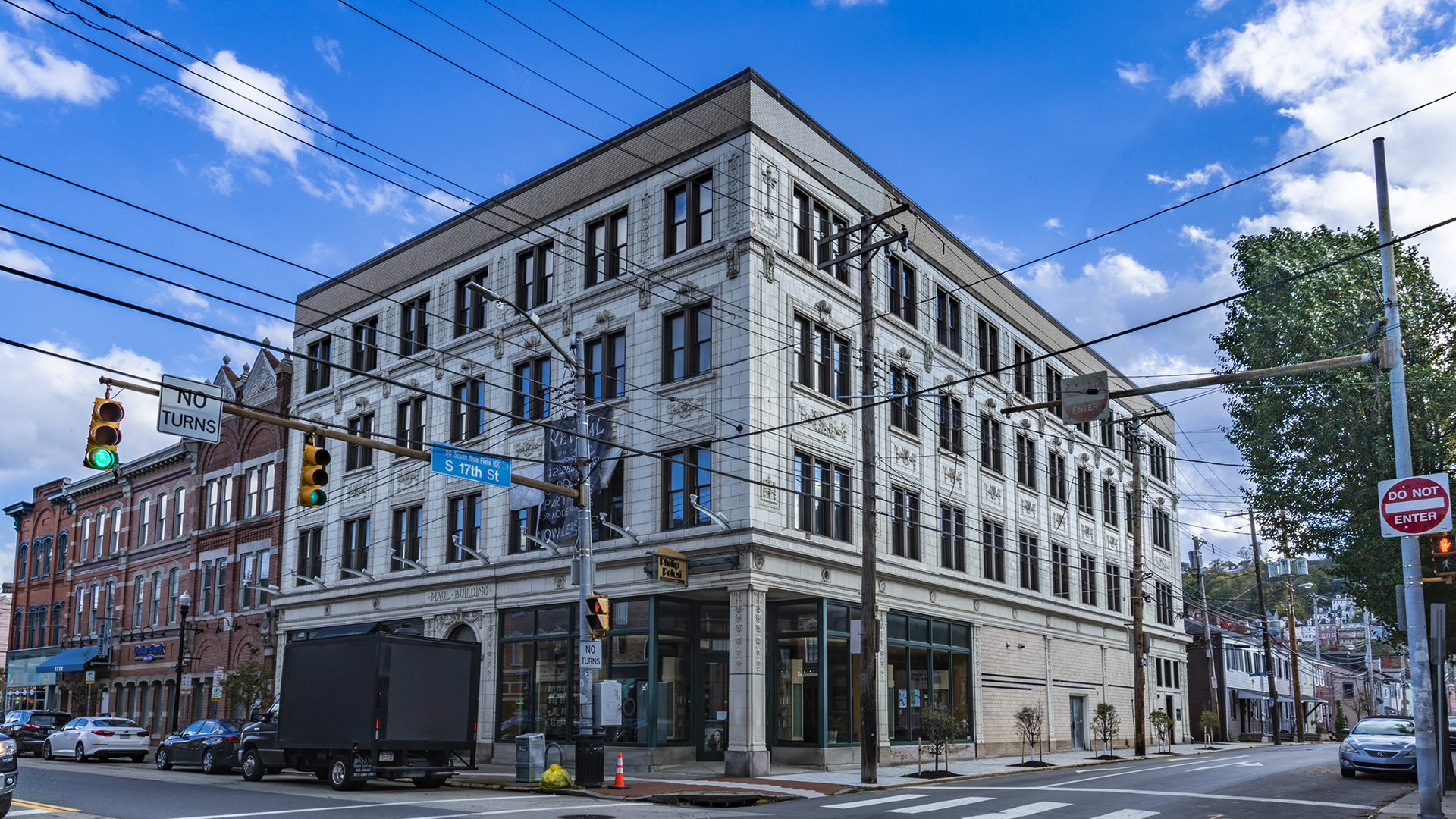
Working with a Philadelphia developer, LGA Partners renovated the Maul Building, a mid-rise, turn-of-the-century office building, into 24 one- and two-bedroom units. This project sparked development interest in other sites in the South Side of Pittsburgh.

Renovation of the Maul Building, in Pittsburgh, by LGA Partners
Housing Extremes
The city has seen a massive building boom of market-rate housing that appeals to the influx of white-collar knowledge workers. Units have high-end finishes, large expanses of glass, and open floor plans. Each development seeks to out-amenitize the next, advertising massive rooftop decks, pet-washing stations, CrossFit studios, sand volleyball courts, and even a four-lane duckpin bowling alley. These projects command rents that set the ceiling for what the local market will bear.
Pittsburgh, like other communities, continues to build federally subsidized affordable housing. These subsidies are administered by our state-run Housing Finance Agency, which doles out federal tax credits that attract private development to affordable housing. These tax credits act as both a carrot and a stick: Developers get tax credits that can be sold to offset funding gaps, but they must build energy-efficient, high-quality products that look and feel like their market-rate brethren. Amenities here are less trendy and are geared to support services that low-income families need: community rooms, open space, playgrounds, fitness facilities, and health clinics.
While both our high-income and low-income workers have quality housing options, middle-income workers face a dearth of housing products, save the cookie-cutter single-family detached homes in the ’burbs. According to Pew Research, 52% of Americans fall into the vast middle class. In Pittsburgh, that equates to a median annual income of approximately $48,000. This income is neither high enough to afford the flashy, new market-rate housing nor low enough to qualify for high-quality subsidized housing. Middle-class individuals and families are overlooked.

LGA Partners designed the adaptive reuse of a schoolhouse in the Swissvale neighborhood of Pittsburgh and was able to keep all units within a $150,000 to $250,000 price point.
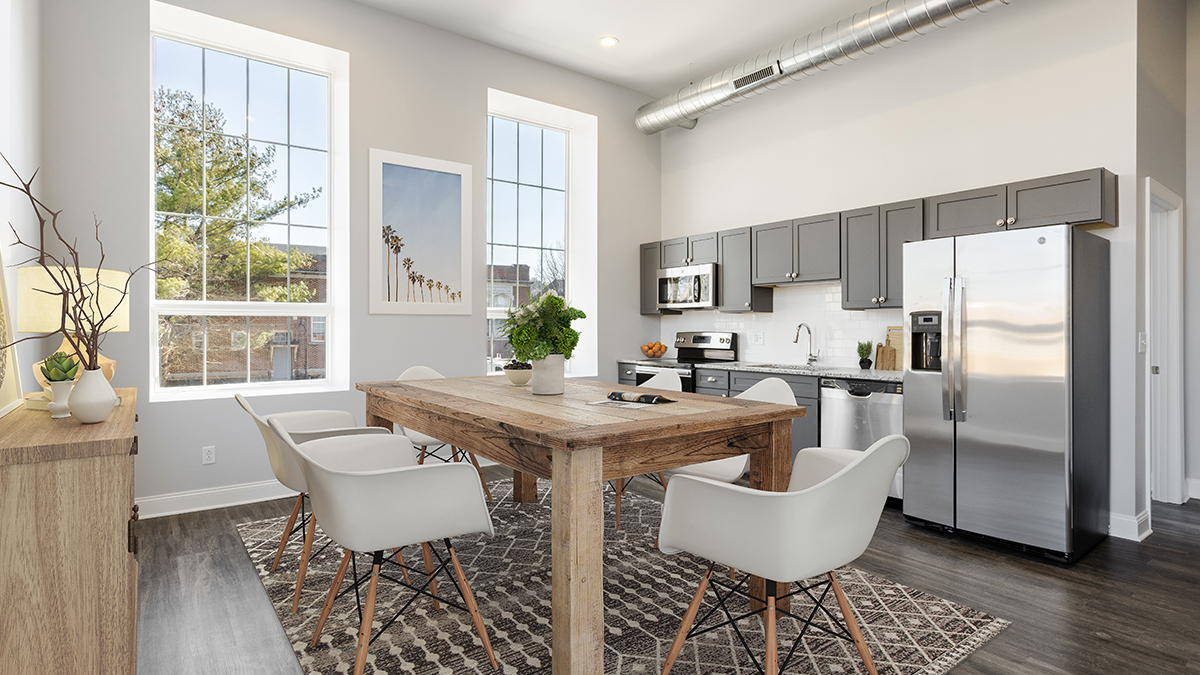
Swissvale Schoolhouse Condominiums, renovation by LGA Partners
Proactive Pro Forma
High rents support the cost of constructing market-rate housing. Tax credits fund affordable housing constructions. The challenge for project teams, then, is making workforce housing projects pencil out. The key is to get creative.
- Find the sweet spot. Identify a neighborhood that is neither hip nor dilapidated. Too trendy, and the upfront acquisition costs will be high; too run down, and tenants will be wary. Pittsburgh’s South Side neighborhood is largely stable, but still a little gritty in areas. Working with a Philadelphia developer, we renovated a mid-rise, turn-of-the-century office building into 24 one- and two-bedroom units. This project sparked development interest in other similar South Side sites.
- Go for adaptive reuse. Renovations can often be cheaper overall than new construction, especially if that building can take advantage of historic tax credits. In addition to saving a landmark structure, reuse is far more sustainable. Due diligence before an acquisition is critical to avoid hidden costs. Old schoolhouses are ideal for converting to workforce housing because the large, approximately 800-square-foot classrooms with large windows can often be adapted into apartments, and the site may already include off-street parking, obviating the need for new structured parking.
- Leverage existing amenities. Workforce housing is driven by price point and, as such, cannot accommodate as many amenities as the market-rate does. But the construction cost to build the two housing types is not vastly different. Developers get market-rate prices because they add expensive finishes and lavish amenities. But with adaptive reuse, sometimes the costly materials are there from the beginning. An 1880s church we renovated into 16 units on the North Side had exposed brick and stained-glass windows that were fully intact.
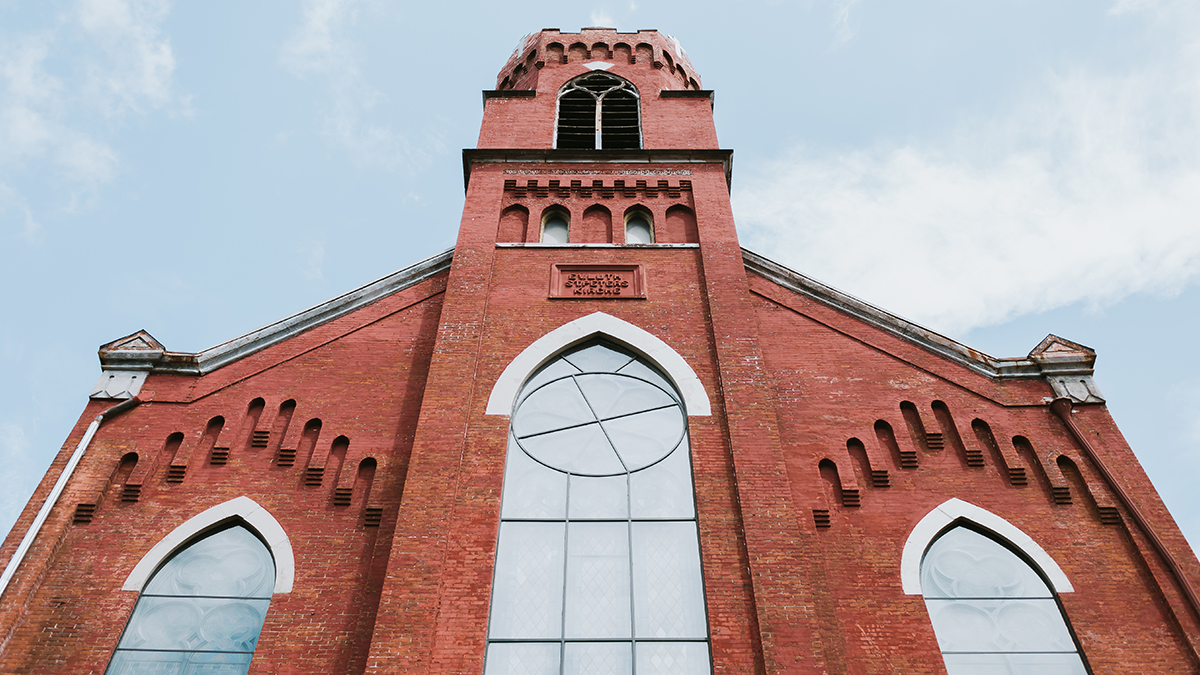
St. Peter’s Residences in Deutschstown, Pittsburgh, which LGA converted from an 1880s church. The building comprises 16 units and features exposed brick and original stained-glass windows.
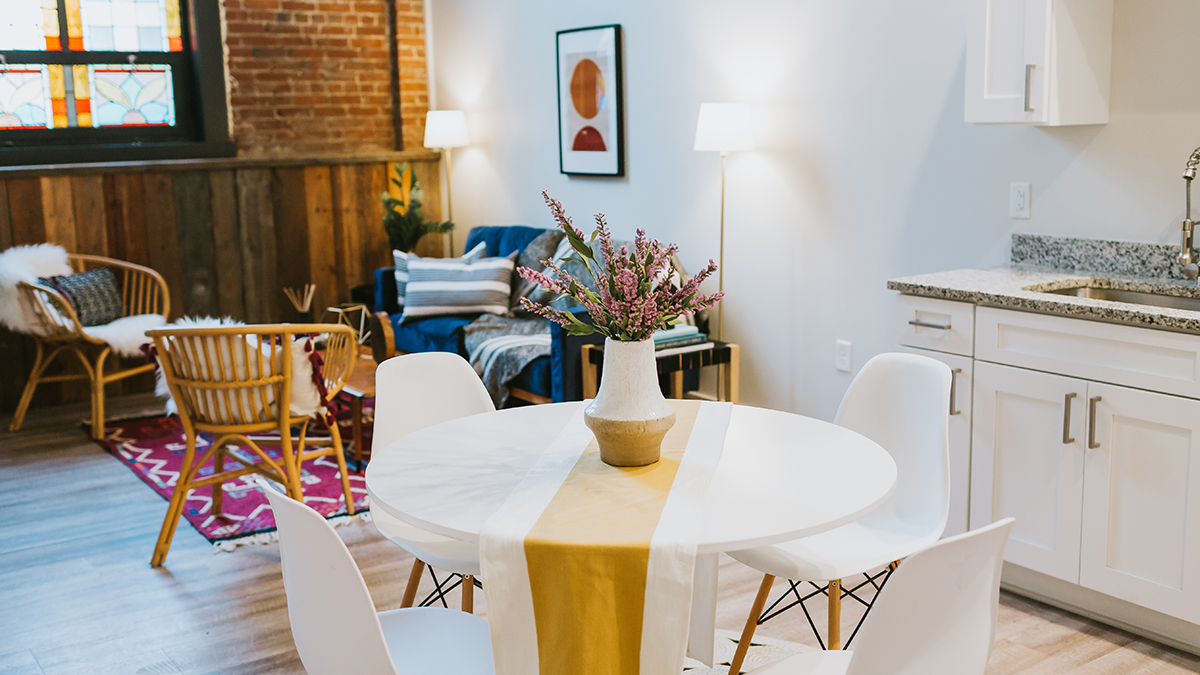
St. Peter’s Residences, an adaptive reuse project by LGA Partners in Pittsburgh
- Age in place. Beyond ADA requirements, units should be designed with the flexibility to accommodate tenants as they age or become disabled. Universal design is beneficial to all projects because it encourages inclusivity, visitations, and independent living.
- Think transit-oriented. Tenants must be able to access places of employment and grocery stores. After housing, transportation is typically the second-highest household expense, and those living in workforce housing must have viable, affordable mobility options. Access to public transportation should be a critical factor in site selection.
- Neutralize parking. Zoning ordinances that mandate off-street parking spots for multifamily housing drive up development costs and encourage car ownership. For the sake of the environment and development funds, municipalities should revise requirements for off-street parking and prioritize spaces for bicycle racks, car-share vehicles, and electric cars.
The ideal development team includes a nonprofit group that is dedicated to rebuilding neighborhoods and can identify viable sites, a developer who is willing to invest in a quality product, and an architect able to design energy-efficient and adaptable houses that can help revitalize our urban neighborhoods by ensuring all economic classes can find quality homes.
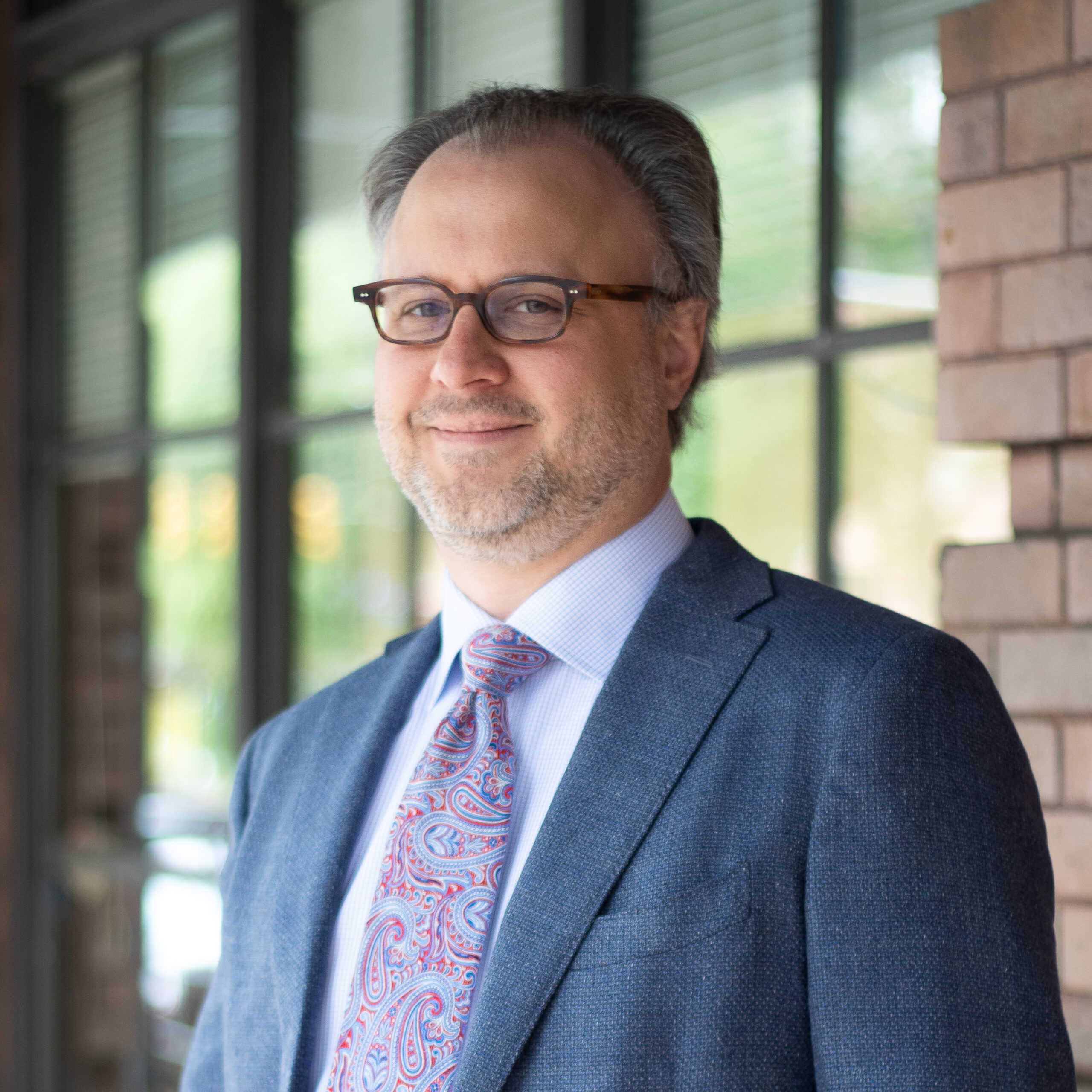
Author
Jonathan Glance
Partner
